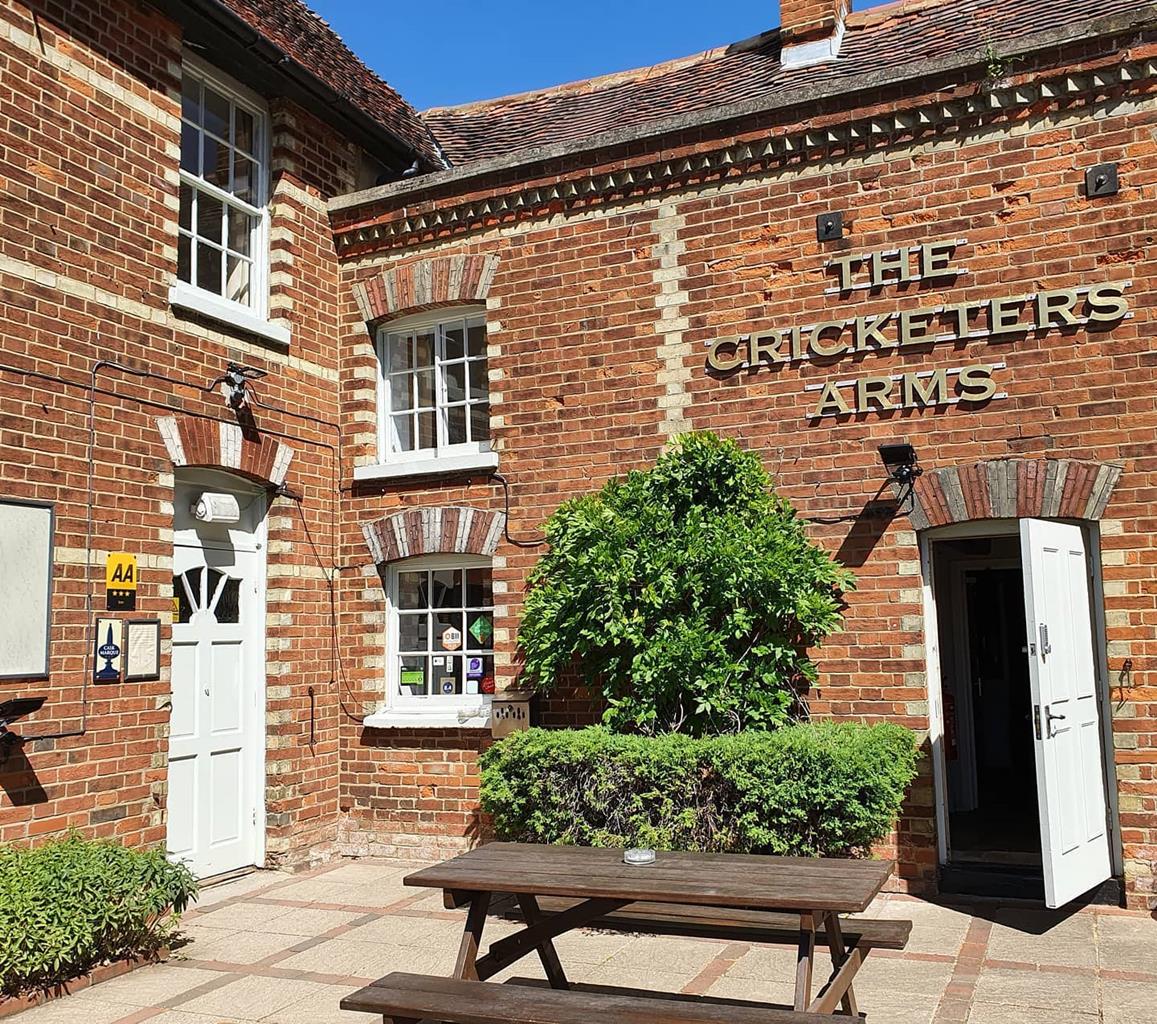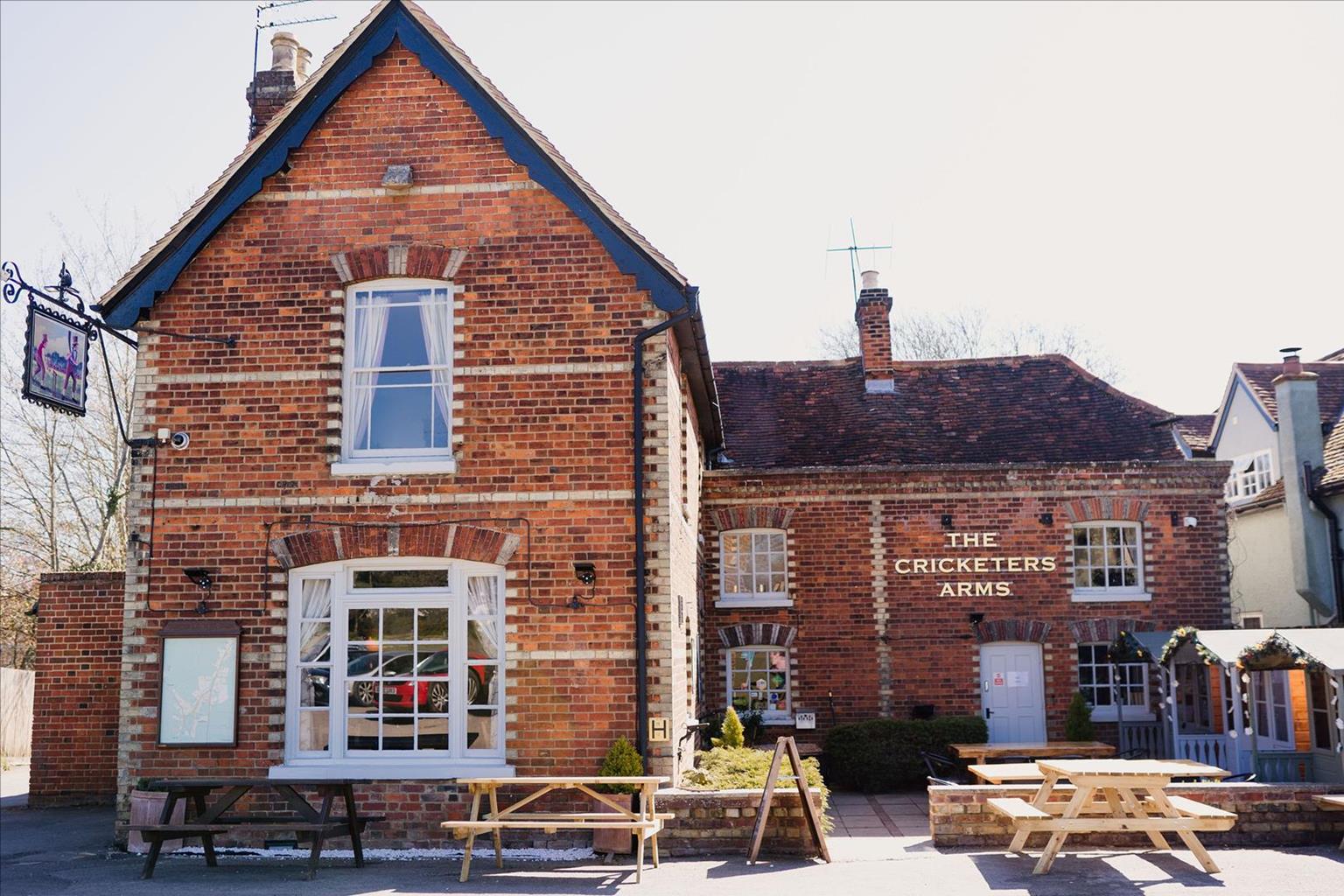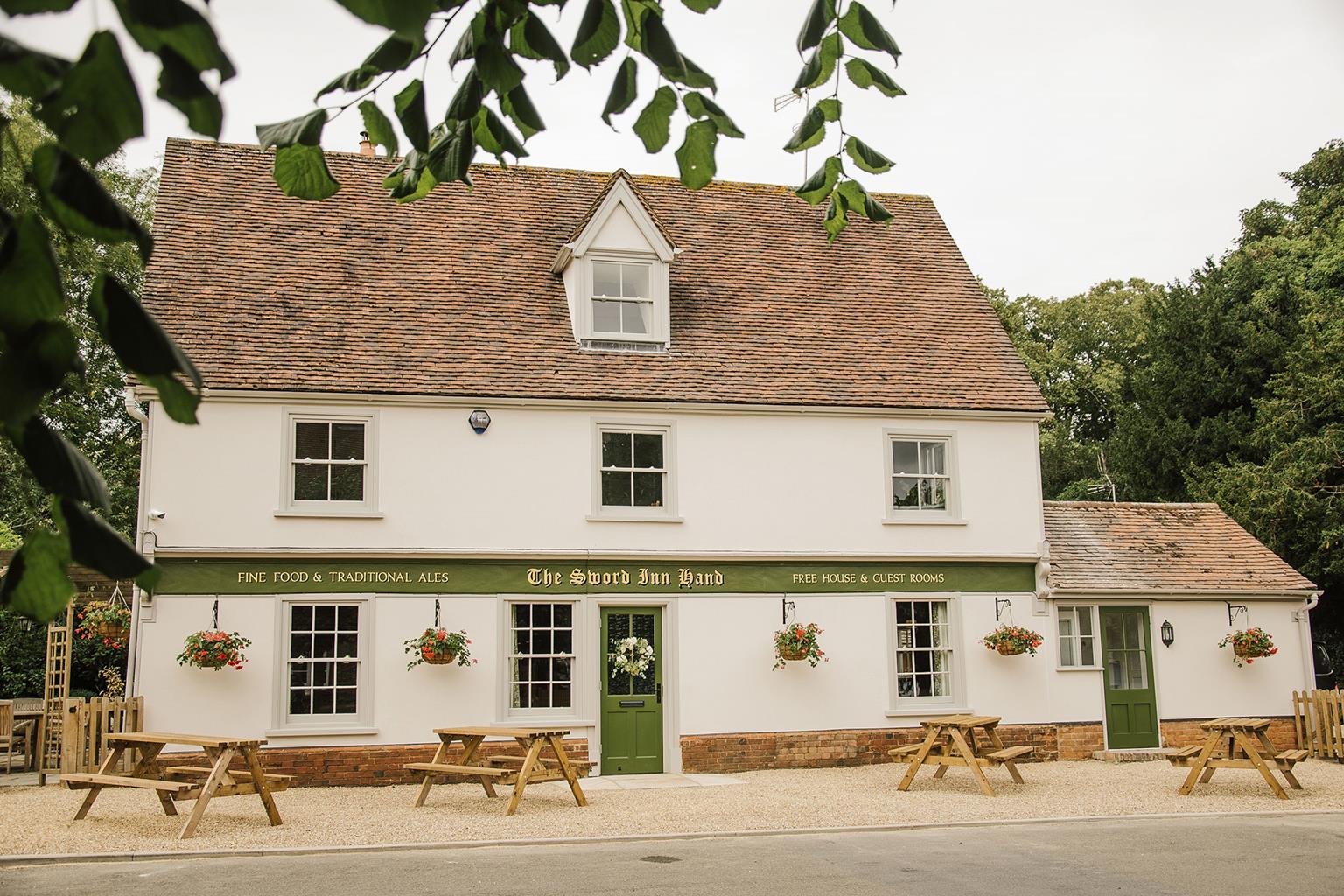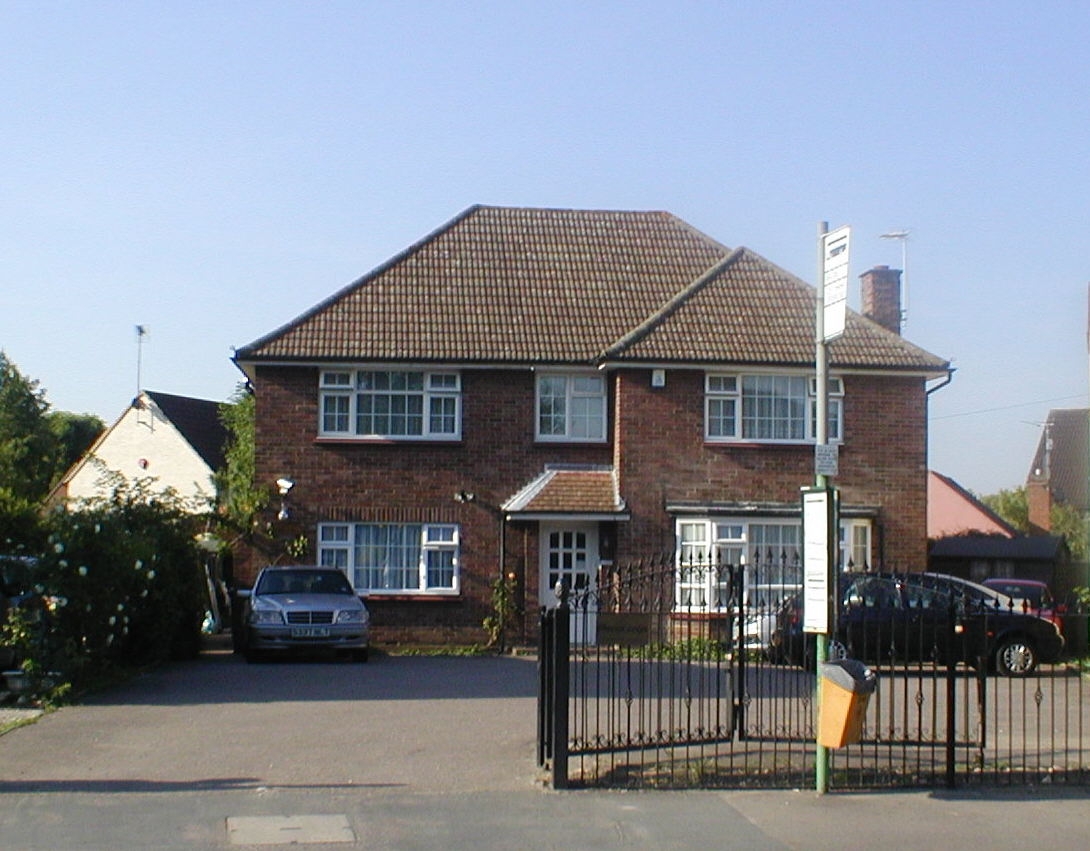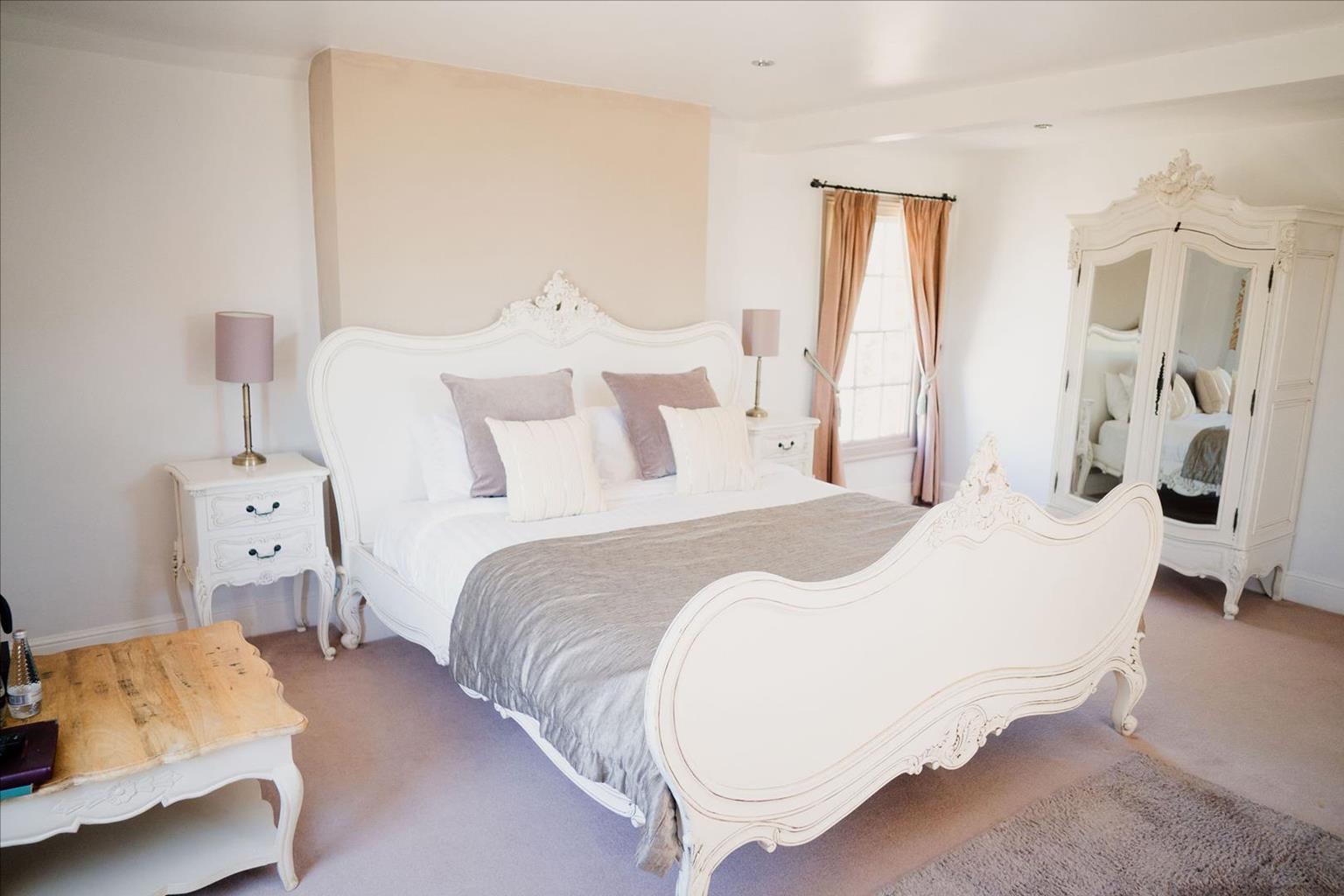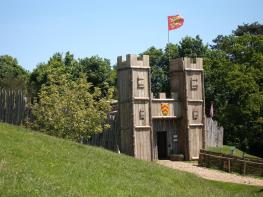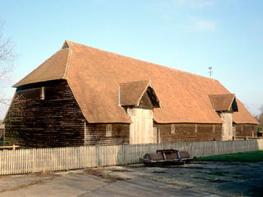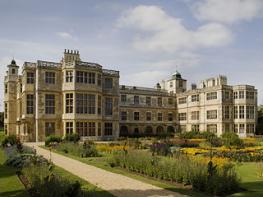Phoenix Lodge is a family-run guest house in the market town of Bishop’s Stortford, a short…
Bishop's Stortford

5 miles (8kms)
About the walk
Bishop’s Stortford grew up at a strategic ford on the River Stort. Here, Roman Stane Street crossed the water on its route east from its Ermine Street junction, near Puckeridge, to Colchester. The original ford was abandoned and the medieval town migrated about 600yds (549m) south to another ford, this time guarded by the Bishop of London’s great castle.
The Bishop’s castle
Waytemore Castle was built on the east bank of the river opposite the town, soon after the Norman Conquest of 1066. Traffic diverted south through the market had tolls collected before crossing the ford, or later, the medieval bridge. The crossing was in the lee of the castle, whose 40ft (12.2m) motte is crowned by the remains of a stone shell keep. Although the mound has never been properly excavated, an investigation in the 1990s revealed a large number of human bones and it is thought that these point to a hospital attached to the grounds.
Wickham Hall
The wealthy Bishop of London also once owned Wickham Hall, a building that was mentioned in the Domesday Book. By the 1500s it had been passed down to Gertrude Blount, whose husband was the Marquess of Exeter and a descendant of Edward IV. All was well until King Henry VIII accused the Marquess of being a Papist traitor and confiscated his estates in Devon. Home then became the Tower of London for a while during his imprisonment. The Marquess was later executed for treason and Wickham Hall was granted to one of the king’s commissioners who promptly sold it. The hall you see today was built largely in the 17th century and consists of two separate Tudor houses, joined together and some very large chimneystacks.
Recording history
Almost every monument inscription from the past 600 years found in Hertfordshire churchyards is on record thanks to William Blyth Gerish, an archaeologist and banker who lived in the town. It took him and his assistants six years to collate the information and the county became the first in the country to complete such a task. The manuscript comprising 70,000 entries would ensure that these inscriptions would remain a part of history long after they had worn away. Many of these inscriptions can be seen in St Michael’s churchyard. This remarkably complete, early 15th-century building has retained its north and south doors, chancel screen and choir stalls and has some interesting misericord carvings. The tower was heightened in brick and the lead spire was added in 1812.
Walk directions
From the car park walk along Old River Lane and turn right up Bridge Street, one of the best surviving streets in the town. Go straight on past the 1828 Corn Exchange into High Street to visit St Michael’s Church. Out of the church turn left into Windhill. At the roundabout go right into Bells Hill and shortly go left on to the Hertfordshire Way. This descends to the grounds of Bishop’s Stortford College, joining a tarmac path for a while. At a fork maintain your direction uphill to an avenue of horse chestnut trees.
At the crest turn right, still on the Hertfordshire Way, alongside a hedge. Once through a gate go left along Maze Green Road. Go left to another gate and turn right in front of it, now with playing fields on your left. The path continues through scrubby woodland, turning right along garden fences and round the corner. With houses soon on both sides, cross an estate road up Squire’s Close. The path continues across another estate road and, beyond the houses, crosses the A1184. Once over the road walk alongside a hedge, still on the Hertfordshire Way. Descend alongside woods and go through a hedge.
Turn right here on to a green lane. Passing under the A120, the Roman Stane Street, the Hertfordshire Way turns left but you go straight on, along an access road signed ‘Hadham Lodge’. Once past a pond and to the left of Hadham Lodge, walk alongside a paddock fence. When it ends go straight on. Beyond the woods keep ahead on a track with Bloodhounds Wood to the left. Cross a junction and continue to the crest.
Here, the path bears right on to a hedgeless track, briefly within Essex. Continue past beech trees in the grounds of Wickham Hall to your right. At the corner turn left past a bungalow and then right by a mast. The track winds along the county boundary and where the fence ends, turn sharp right descending to walk along the edge of trees. At the footpath sign go left over a stile into pasture and head alongside the hedge to the bypass bridge. Just through the bridge ignore a gate ahead and go through a hedge gap on the right and follow the path along the edge of woodland.
Turn left at the field corner and cross the road to a stile. Descend along the worn path through trees and scrub to the far left-hand corner of the field and at a redundant stile walk through the tree belt to reach a cricket pitch. Now skirt the pitch heading half right and leave the field on a path with allotments to your right. Cross to Elm Road and at the Wheatsheaf pub turn right into Northgate End. At the roundabout turn left past Northgate End car park, bearing left on to a path and passing through Link Road car park to the gate near the bridge. At the motte of Waytemore Castle cross Link Road back to the Causeway car park.
Additional information
Pavement, tracks, green lanes and field paths, 4 stiles
Historic townscape and woodland on low ridge
On lead on pavements and around Wickham Hall
OS Explorer 194 Hertford & Bishop’s Stortford
Causeway car park, off Old River Lane
At foot of Waytemore Castle motte and Jackson Square shopping centre, south of Bridge Street
WALKING IN SAFETY
Read our tips to look after yourself and the environment when following this walk.
Find out more
Also in the area
About the area
Discover Hertfordshire
As Hertfordshire is so close to London, many of its towns have become commuter havens. St Albans, less than 19 miles (30km) from the capital, has retained its distinctive character, along with many historic remains. The Roman city of Verulamium is situated in a nearby park, and excavations have revealed an amphitheatre, a temple, parts of the city walls and some house foundations. There are also some amazing mosaic pavements.
The abbey church at St Albans is thought to have been built on the same site where St Alban met his martyrdom in the 3rd century. The abbey was founded in 793 by King Offa of Mercia, and contains the saint’s shrine, made of Purbeck marble. Lost for years, it was discovered in the 19th century, in pieces, and restored by the designer of the red telephone box, Sir Giles Gilbert Scott. The abbey also contains some wonderful medieval wall paintings. Nicholas Breakspear was born in St Albans, the son of an abbey tenant. In 1154 he took the name Adrian IV, and became the first, and so far only, English pope. Another famous son of Hertfordshire was Sir Francis Bacon, Elizabethan scholar and Lord High Chancellor, born in Hemel Hempstead in 1561.
Nearby stays
Restaurants and Pubs
Nearby experiences
Recommended things to do
Why choose Rated Trips?
Your trusted guide to rated places across the UK
The best coverage
Discover more than 15,000 professionally rated places to stay, eat and visit from across the UK and Ireland.
Quality assured
Choose a place to stay safe in the knowledge that it has been expertly assessed by trained assessors.
Plan your next trip
Search by location or the type of place you're visiting to find your next ideal holiday experience.
Travel inspiration
Read our articles, city guides and recommended things to do for inspiration. We're here to help you explore the UK.

